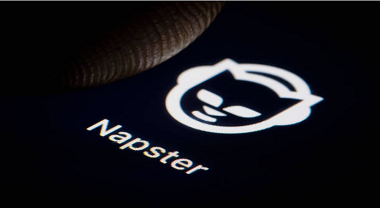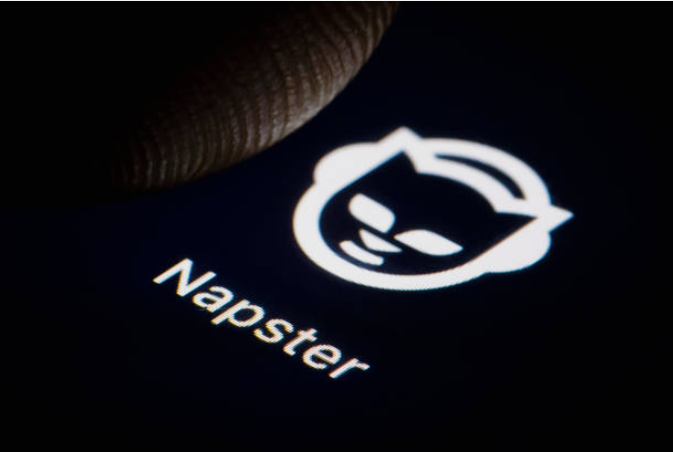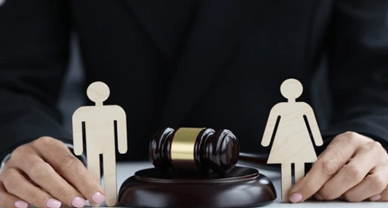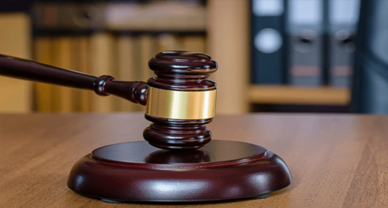Scrutinizing the Nuances of the Napster Case
The Napster case: An overview
Napster was an online platform used to download and access compressed digital music files in MP3 formats, making it one of the most popular peer-to-peer services in 1999. It was created by Shawn Fanning, an 18-year-old freshman in computer science at Northwestern University. Napster consisted of a central service that indexed its users and the files available on their machines, thus creating a list of music files that are available on Napster’s network. Napster gained immense popularity due to the fact that it was one of the most accessible services to use. In 2001, several record companies such as Sony Music Entertainment, Atlantic Records, MCA Records, Island Records, Motown Records, Capitol Records, and BMG Music collectively filed a lawsuit against Napster. The lawsuit, A&M Records, Inc. v. Napster Inc., was an Intellectual Property case that was adjudicated by the United States Court of Appeals for the Ninth Circuit (upon affirming the ruling of the United States District Court for the Northern District of California). The Court held that the defendant (Napster) was held liable for contributory infringement and vicarious infringement of the plaintiff’s copyrights. The Napster case gained immense popularity since it explored the intersection of copyright laws and peer-to-peer file sharing systems.
[Image Source: gettyimages]
Relevant facts and issues
The defendant, Napster Inc., operated a P2P (peer-to-peer) system which would allow its users to search, access, and download MP3 music files on their own devices. The plaintiffs (a collective of some of the most prominent music producers in the USA) contended that users who downloaded music from Napster obtained works that are copyright protected without the copyright holder’s permission. However, Napster argued that its service achieved several legitimate purposes. Such purposes included sampling the works before purchasing as well as space shifting. Initially, the District Court adjudicated that Napster’s file-sharing service did not fall under the ambit of fair use. Consequently, Napster appealed to the United States Court of Appeals for the Ninth Circuit. The primary issues noted by the Court was if transferring a copyrighted work (in this case, digital audio files) from a person’s computer to another person’s computer through a P2P network to download a copy of the digital asset without authorization from the copyright owners or payment fell under the ambit of ‘fair use’.
The United States Court of Appeals for the Ninth Circuit’s judgment
Direct and contributory infringement
Firstly, the Circuit Court adjudicated that users who downloaded digital assets from Napster’s website were liable for direct infringement of the plaintiff’s copyrights that subsist on the downloaded works. Additionally, the Circuit Court also suggested that the defendant is liable for contributory infringement due to the digital assets disseminated via Napster. In order to prove contributory infringement, the onus is on the plaintiff to prove that the defendant had the knowledge of infringement that has occurred due to their actions. To this, Napster contended that they could not differentiate between infringing and non-infringing files and, hence, did not know what constitutes copyright infringement. However, the District Court responded that “the law does not require knowledge of specific acts of infringement”, thus rejecting Napster’s argument.
The Court acknowledged that Napster’s systems were capable of “commercially significant non-infringing uses”. Furthermore, it was observed that irrespective of the number of “Napster’s infringing versus non-infringing uses”, the question of knowledge could be further scrutinized by exploring if “Napster knew or had a reason to know of its user’s infringement of plaintiff’s copyrights.” Finally, the Ninth Circuit concluded that Napster was aware of the infringing material that would be made available through its systems and that they did not attempt to restrict the access to such infringing materials. Thus, it was held that Napster was liable for contributory infringement.
Vicarious infringement
In order to assess vicarious infringement, the Court took two factors into consideration:
- If Napster gained financial benefits from the infringement
- If Napster was capable of supervising and controlling infringing digital assets.
The Ninth Circuit observed that a crucial component of Napster’s business model was to expand the number of users. Thus, it was concluded that Napster did benefit financially from the infringing activity. Moreover, the District Court noted that Napster could supervise its user’s conduct. While it was acknowledged that Napster’s system was not created to check for copyright ownership or permissions of the digital assets, the infringing files were searchable by Napster. This implied that Napster had failed to police the infringing digital assets that were available in its system. The Court observed that Napster financially benefited from the infringing digital assets while failing to police the same. Therefore, the Court adjudicated that Napster would be liable for vicarious infringement.
Fair use defense that was deemed to be invalid
Napster contended that its functions might fall under the ambit of fair use. Such functions may include sampling (users creating temporary copies of the work before purchasing it), space-shifting, and permissive distribution of the digital assets by artists. The Court then proceeded to scrutinize each of the fair use claims put forth by Napster. Firstly, the Court observed that creating temporary copies of a digital asset to sample can be considered a commercial use. It was argued that sampling could not be considered to be a fair use since such samples were permanent and complete duplicated copies of the digital assets.
Secondly, the Court noted that the space-shifting argument put forth by Napster was invalid. The Court relied on RIAA v. Diamond Multimedia to contend that while users may have downloaded audio files for personal storage use from Napster’s system, it was accompanied by making the digital asset available to the rest of Napster’s users.
Lastly, the Court held that permissive distribution of recordings by artists might continue since it is not an infringing use. Additionally, other non-distributary features such as chat rooms can also be continued since they were not infringing uses. Thus, considering that the majority of Napster’s conduct does not fall under the ambit of fair use, it was held that Napster’s fair use contentions were invalid.
Significance of the Napster case
The Napster judgment was heavily criticized for its narrow view of fair use. Moreover, several organizations and experts argued that the Napster judgment might impede the development of peer-to-peer file-sharing networks. Most notably, a consortium of eighteen copyright law professors from the USA argued that copyright law is not designed to address challenges (posed by P2P networks and their de-centralized systems) pertaining to entertainment and information businesses that follow a centralized model of control over content distribution. Moreover, the professors criticized the injunction passed by the Court and asserted that it might retard the development of future P2P file-sharing networks. Despite the judgment, several networks were created over the years that followed Napster’s model such as BitTorrent and Pirate Bay. Time and again, media and entertainment producers have failed to shut them down as well. Today, nevertheless, such file-sharing networks continue to actively dominate the entertainment and media industry.
Author: Sanjana, a BBA LLB student of Symbiosis Law School (Hyderabad), in case of any queries please contact/write back to IP And Legal Filings at support@ipandlegalfilings.com.




